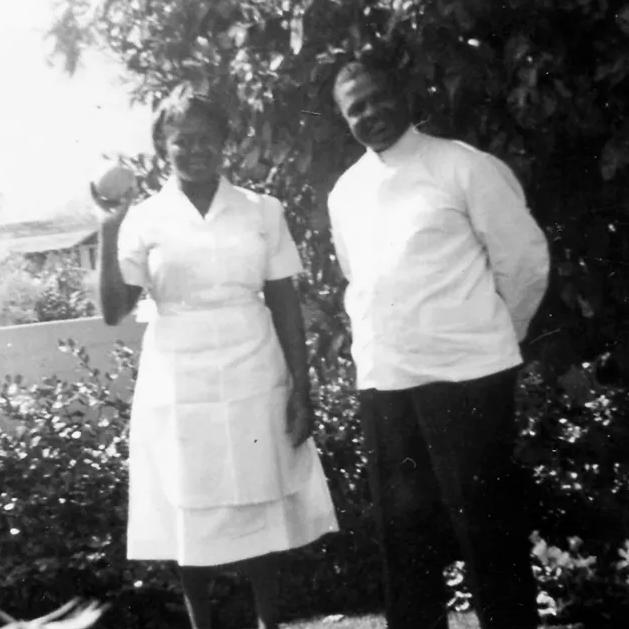- Dayton Aviation Heritage National Historical Park
Alice Ruth Moore Dunbar
- Independence National Historical Park
Reverend William Jackson’s Involvement in a Fugitive Slave Hearing
- Independence National Historical Park
Portrait of Absalom Jones, 1810
- Independence National Historical Park
A Thanksgiving Sermon in St. Thomas, or the African Episcopal Church - January 1, 1808
- Type: Article
- Locations: Independence National Historical Park

Absalom Jones, founder and pastor of the African Episcopal Church of St. Thomas, preached "A Thanksgiving Sermon" on January 1, 1808 in recognition of the "Act Prohibiting Importation of Slaves." In his sermon, the Reverend Jones proposed that January 1—the first day of the ban on the importation of slaves into the United States— be observed each year as a day of public thanksgiving.
- Independence National Historical Park
"Forget Me Not" Poem, Philadelphia 1834
- Type: Person
- Locations: Homestead National Historical Park, Nicodemus National Historic Site

In the spring of 1878, Daniel and Willianna Hickman and about 150 other formerly enslaved people left Georgetown, Kentucky. They traveled by train to Ellis, Kansas and then on foot to Nicodemus. Attracted by the allure of what was predicted to be the “largest Colored Community in America”, the Hickmans and others saw homesteading on the frontier of Kansas as a new beginning. As a Baptist pastor, Daniel was leadership figure in the Black community of Nicodemus.
- Nicodemus National Historic Site
Nicodemus National Historic Site
- Emmett Till and Mamie Till-Mobley National Monument
Roberts Temple Church of God in Christ
- Type: Article
- Locations: Antietam National Battlefield, Catoctin Mountain Park, Chesapeake & Ohio Canal National Historical Park, George Washington Memorial Parkway, Harpers Ferry National Historical Park, more »
- Offices: Resource Stewardship & Science - Region 1 NCA

In the Reconstruction period following the Civil War, newly freed African Americans faced monumental challenges to establish their own households, farm their own lands, establish community institutions and churches, and to pursue equal justice under the law in a period of racist violence. A new NPS report presents the story of the extraordinary accomplishments of rural African Americans in Maryland, Virginia, and West Virginia.
Last updated: September 24, 2018







